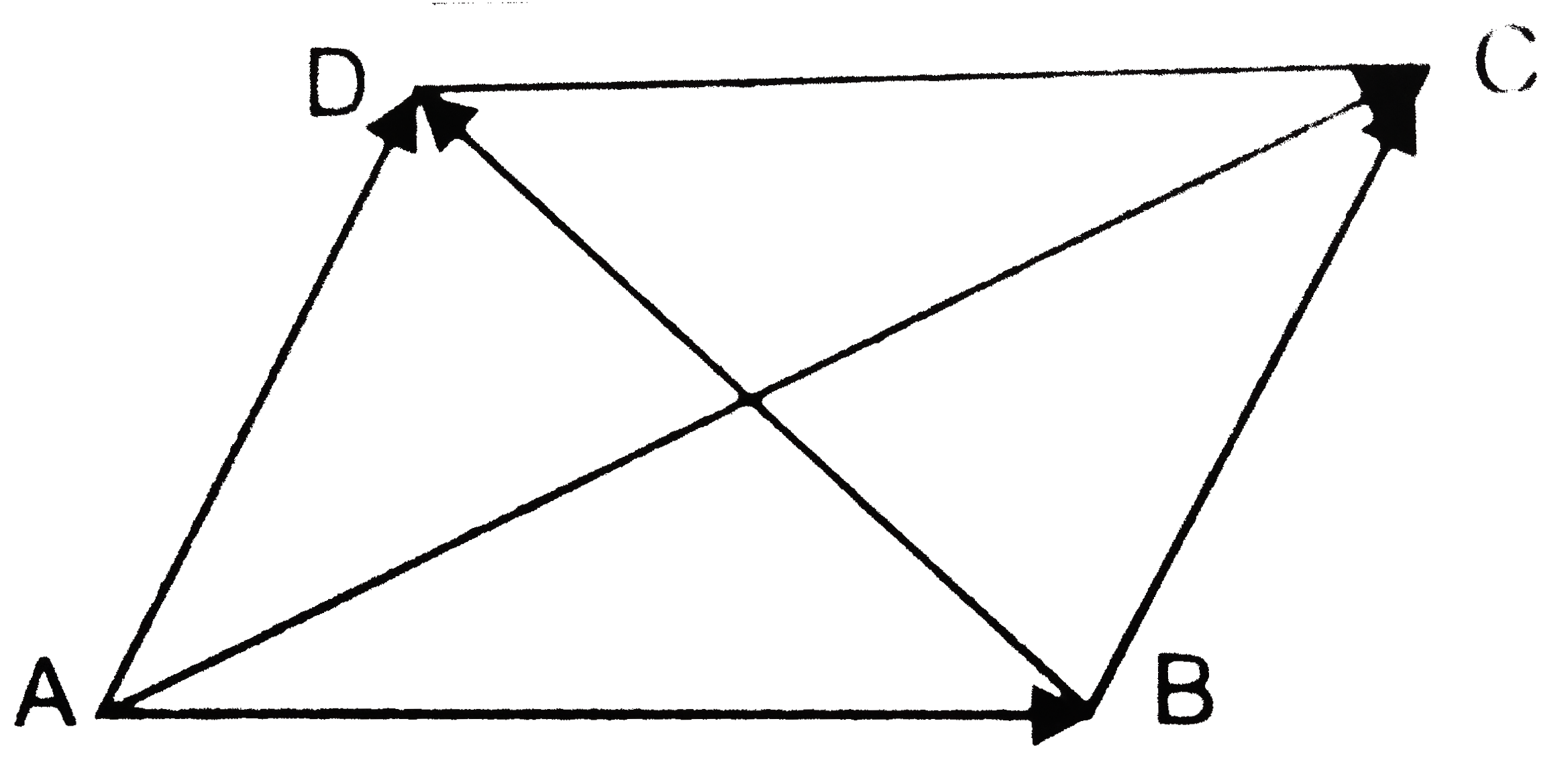माना A, B, C तथा D समीकरण −−→AB.−−→CD=k(∣∣∣−−→AD∣∣∣2+∣∣∣−−→BC∣∣∣2−∣∣∣−−→AC∣∣∣2−∣∣∣−−→BD∣∣∣2) को संतुष्ट करने वाले समष्टि में 4 बिंदु हैं, तब k का मान बराबर है:
12
1
32
2
The correct Answer is:A
Step by step video, text & image solution for माना A, B, C तथा D समीकरण vec(AB).vec(CD)=k(|vec(AD)|^(2)+|vec(BC)|^(2)-|vec(AC)|^(2)-|vec(BD)|^(2)) को संतुष्ट करने वाले समष्टि में 4 बिंदु हैं, तब k का मान बराबर है: by Maths experts to help you in doubts & scoring excellent marks in Class 12 exams.
Updated on:21/07/2023Topper's Solved these Questions
Similar Questions
यदि y=x2 और y=21+x2 द्वारा परिबद्ध क्षेत्रफल (K1π−K23) वर्ग इकाई (जहाँ K1,K2∈Z) है, तब (K1+K2) का मान बराबर है -
View Solutiona के सभी पूर्णांकों मानों के वर्गों का योग, जिनके लिए असमीका x2+ax+a2+6a<0 सभी x∈(1,2) के लिए संतुष्ट है , बराबर होना चाहिए:
View SolutionA,B,C,D are any four points, prove that →AB.→CD+→BC.→AD+→CA.→BD=0.
View SolutionIf A,B,C,D are four distinct point in space such that AB is not perpendicular to CD and satisfies →AB.→CD=k(∣∣→AD∣∣2+∣∣→BC∣∣2−∣∣→AC∣∣2−∣∣→BD∣∣2), then find the value of k.
View SolutionGiven →a=xˆi+yˆj+2ˆk,→b=ˆi−ˆj+ˆk,→c=ˆi+2ˆj;→a⊥→b,→a.→c=4. Then [→a→b→c]2=|→a| b. [→a→b→c]=|→a| c. [→a→b→c]=0 d. [→a→b→c]=|→a|2
View SolutionIn a quadrilateral ABCD,vec AC is the bisector of the (vec AB^^vec AD) which is (2 pi)/(3),15|vec AC|=2|vec AB|=5|vec AD| then cos(vec BA^^vec CD) is
View SolutionABCD is a parallelogram Fig. 2 (c ) .64. ACand(BD)areitsdiagonals.Showtˆ<br> (a) vec (AC) +vec (BD) =2 vec (BC)<br>(b)vec (AC) - vec (BD) =2 vec (AB)
 .
.
View SolutionA parallelogram ABCD. Prove that −−→AC+−−→BD=2−−→BC'
View Solutionयदि →a=→i+→j+2→k और →b=3→i+2→j−→k तो (→a+3→b).(2→a−→b) का मान है -
View SolutionABCDEF is a regular hexagon. If −−→CD=→a,−−→DE=→b, find −−→AB,−−→BC,−−→BF,−−→CA,−−→AD and −−→BD in terms of →a and →b.
View Solutionयदि →a=ˆi−ˆj+ˆk,→a.→b=0,→a×→b=→c , जहाँ →c=−2ˆi−ˆj+ˆk जहाँ तब →b का मान है
View SolutionGiven →a=xˆi+yˆj+2ˆk,→b=ˆi−ˆj+ˆk,→c=ˆi+2ˆj;→a⊥→b,→a.→c=4. Then [→a→b→c]2=|→a| b. [→a→b→c]=|→a| c. [→a→b→c]=0 d. [→a→b→c]=|→a|2
View Solutionयदि A, B, C, D कोई चार बिन्दु हैं, तो
−−→AB.−−→CD+−−→BC.−−→AD+−−→CA.−−→BD=
View SolutionIf A, B, C and D by any four points in space, prove that
∣∣∣−−→AB×−−→CD+−−→BC×−−→AD+−−→CA×−−→BD∣∣∣=4 (Area of triangle ABC)
View Solution−−→ACand−−→BD are the diagonals of a parallelogram ABCD. Prove that
(i)−−→AC+−−→BD−2−−→BC
(ii) −−→AC−−−→BD−2−−→AB
View SolutionIn a parallelogram ABCD. Prove that −−→AC+−−→BD=2−−→BC
View Solution
